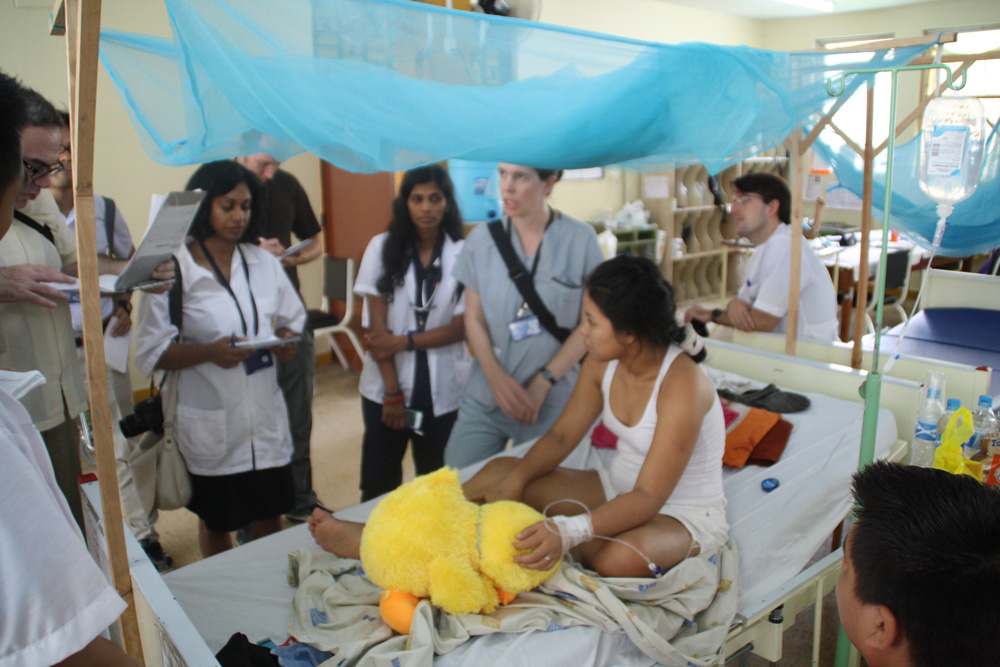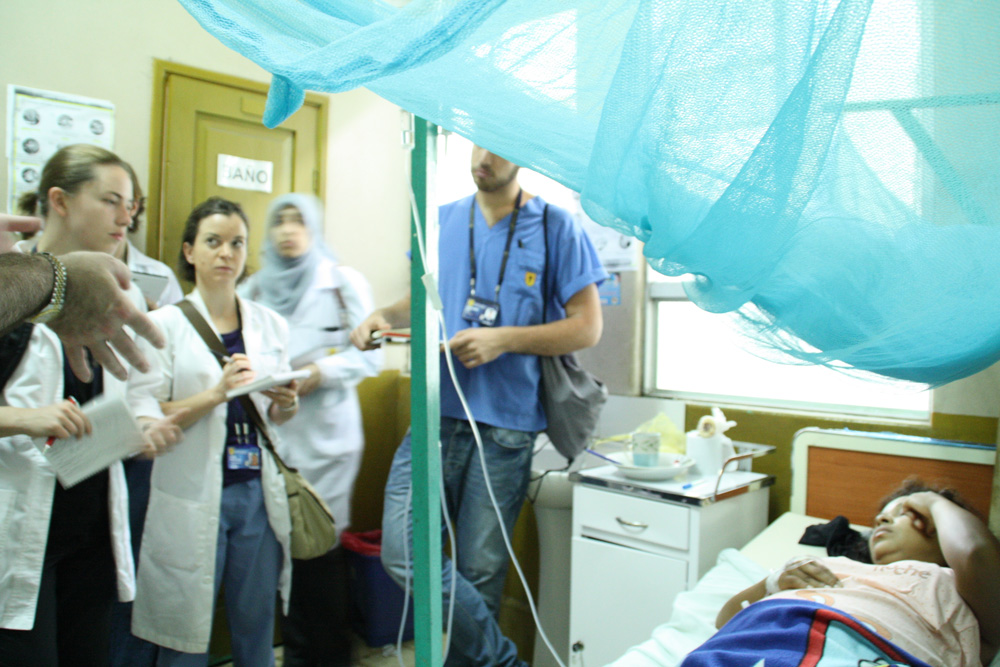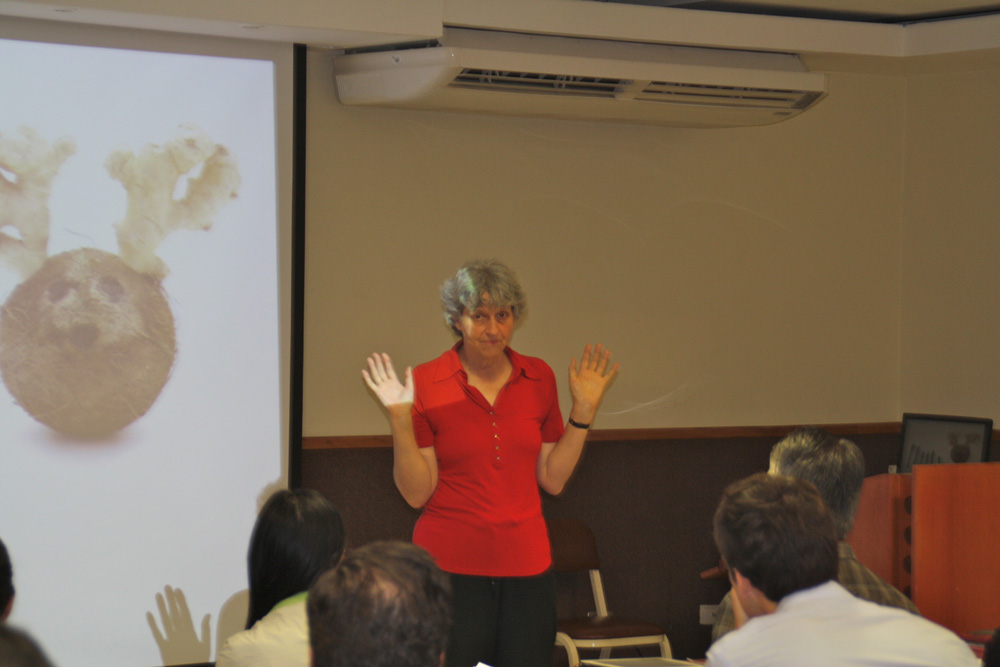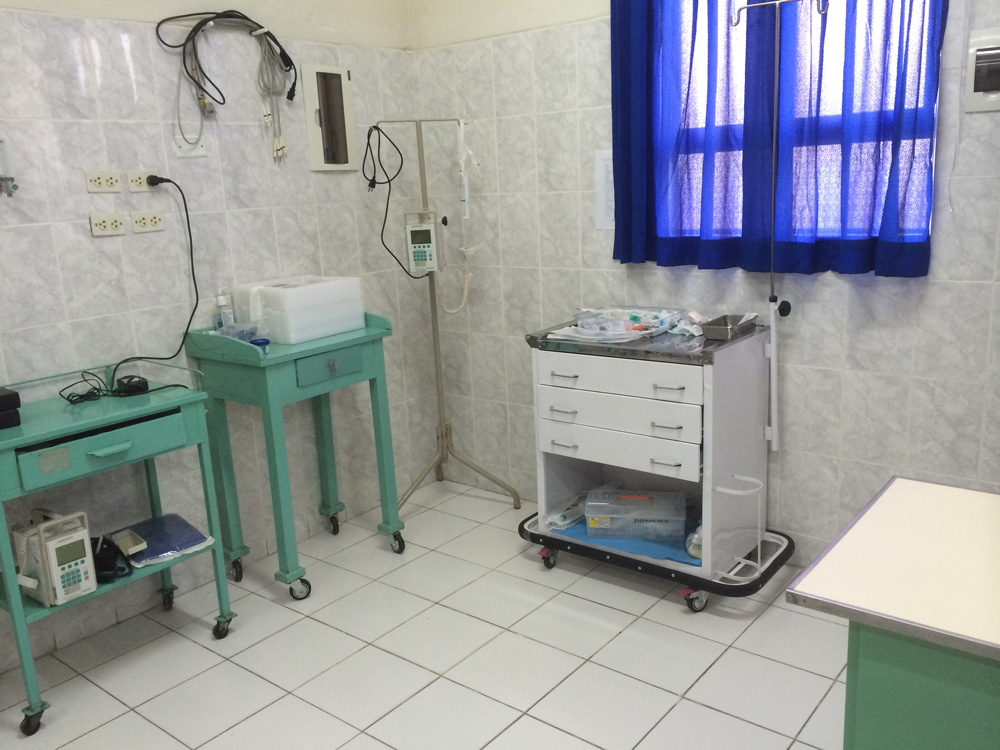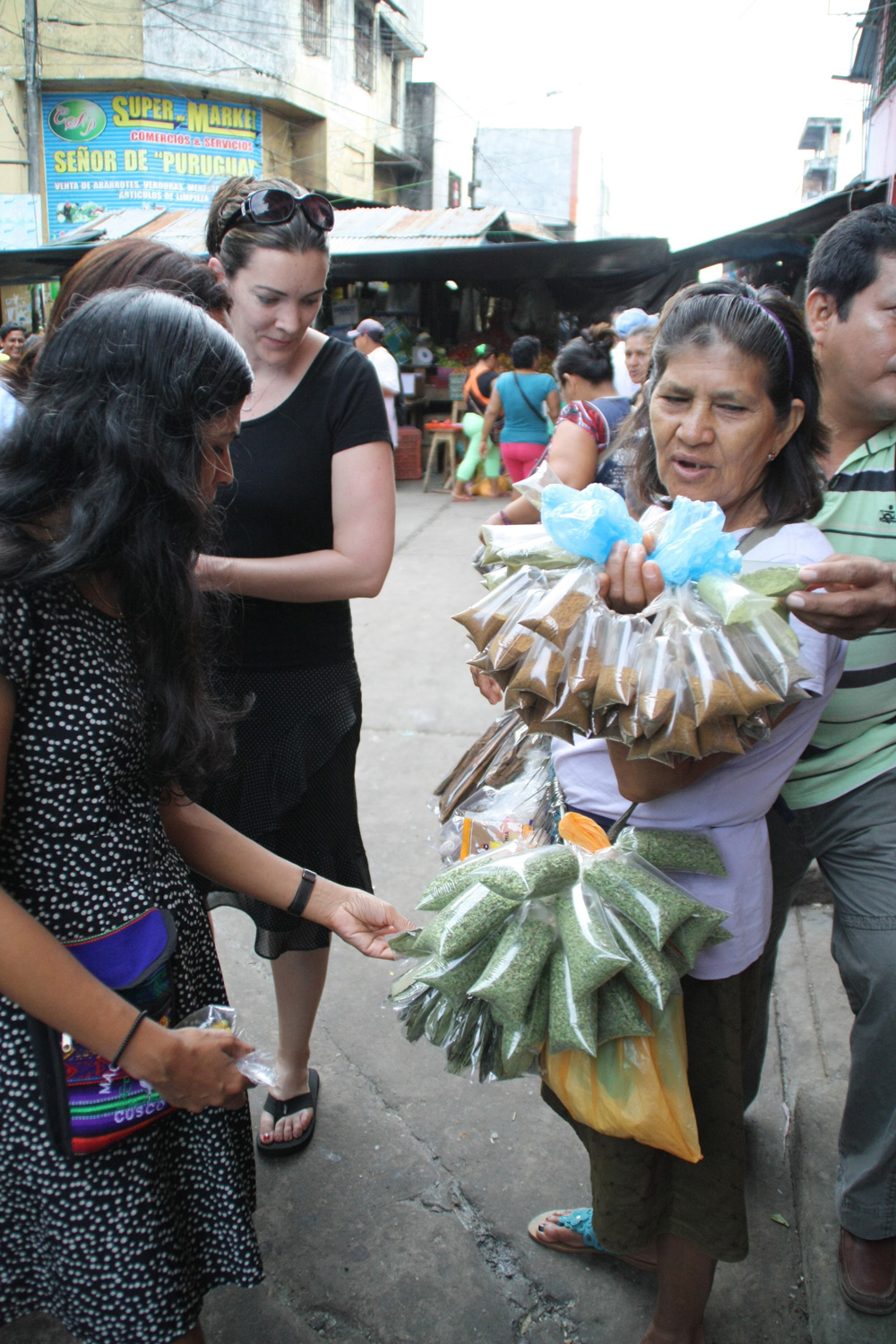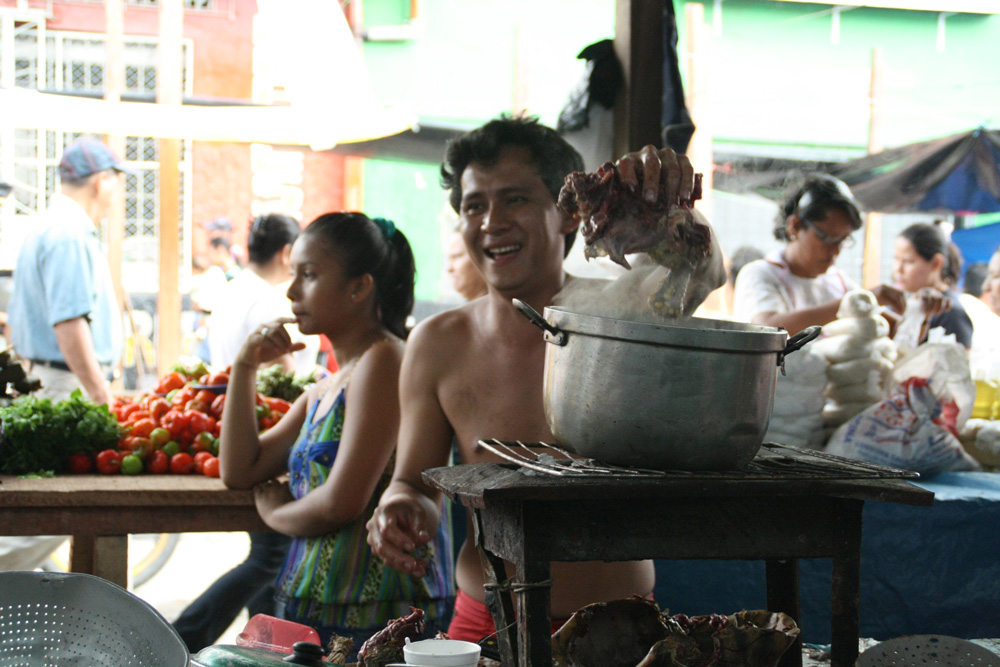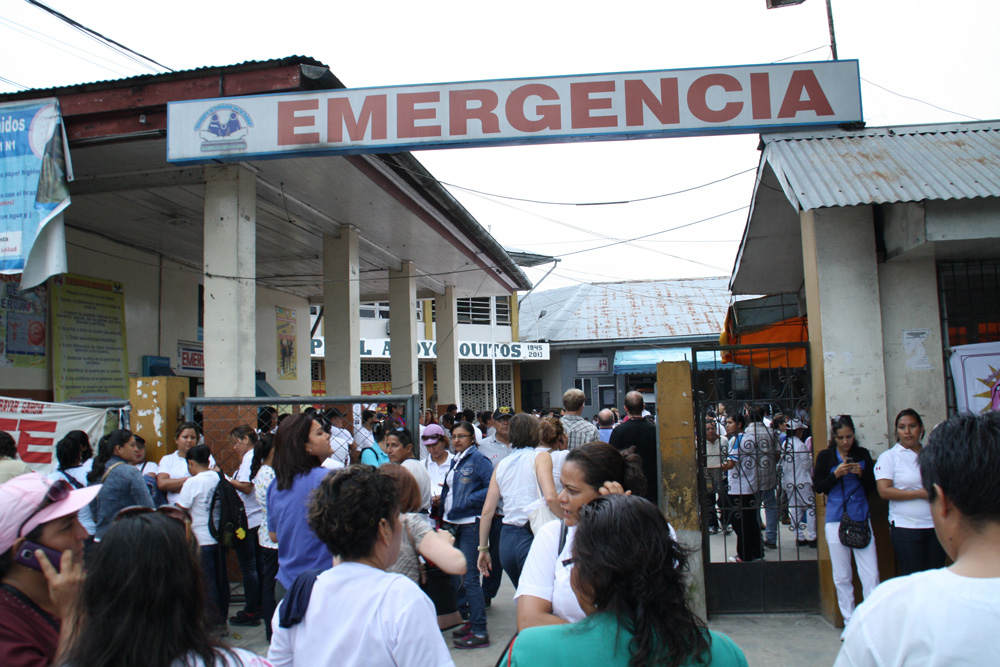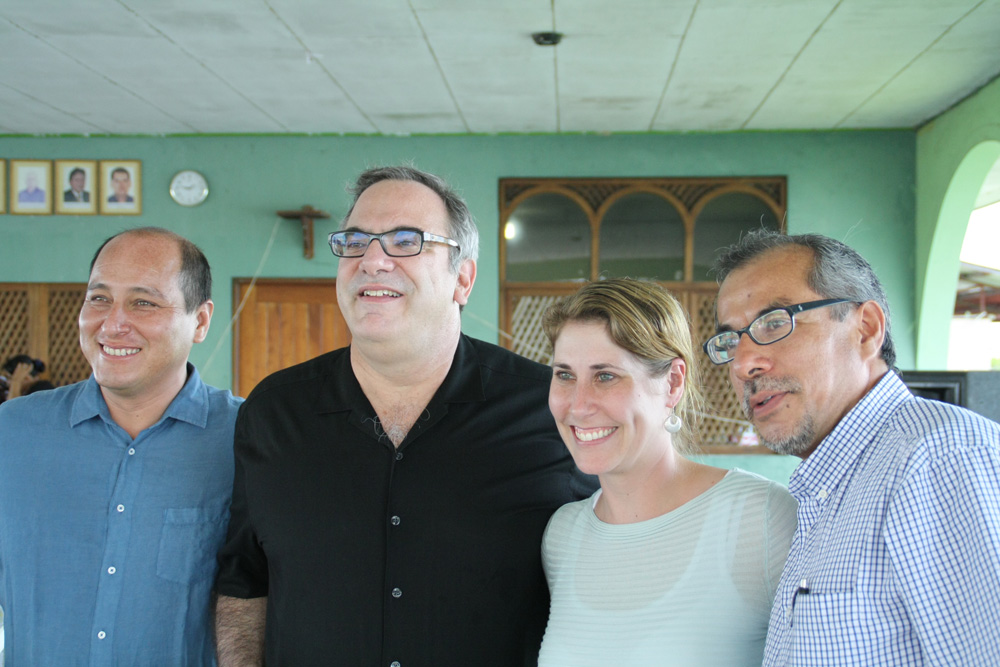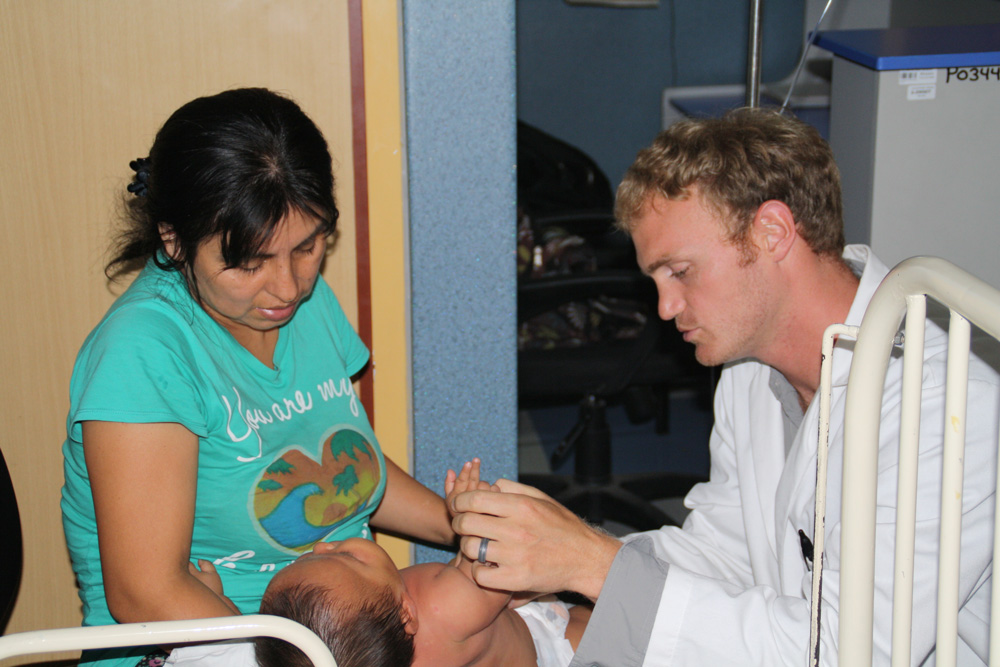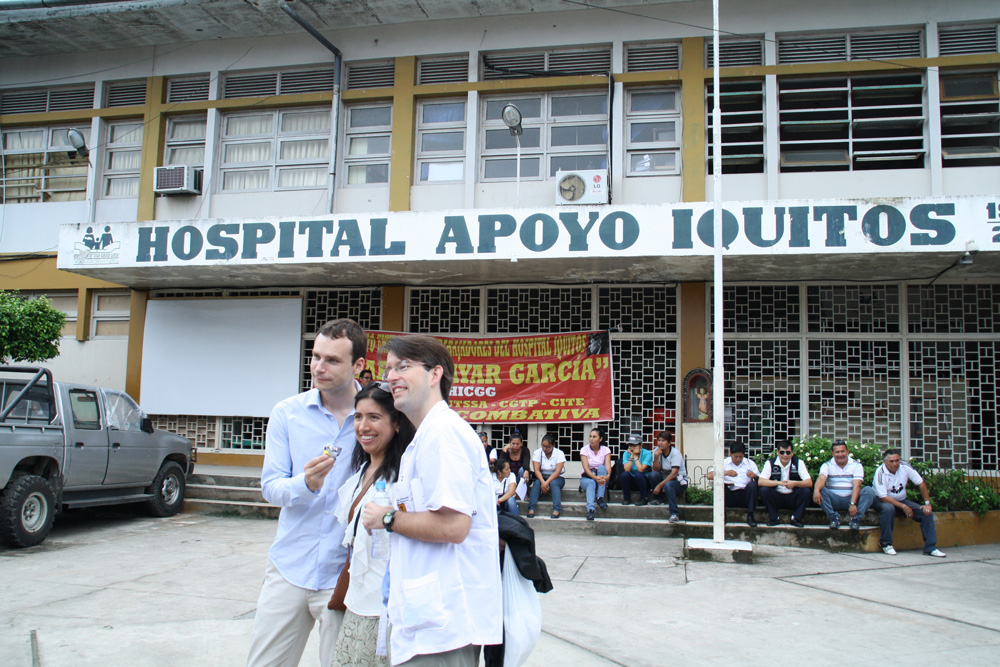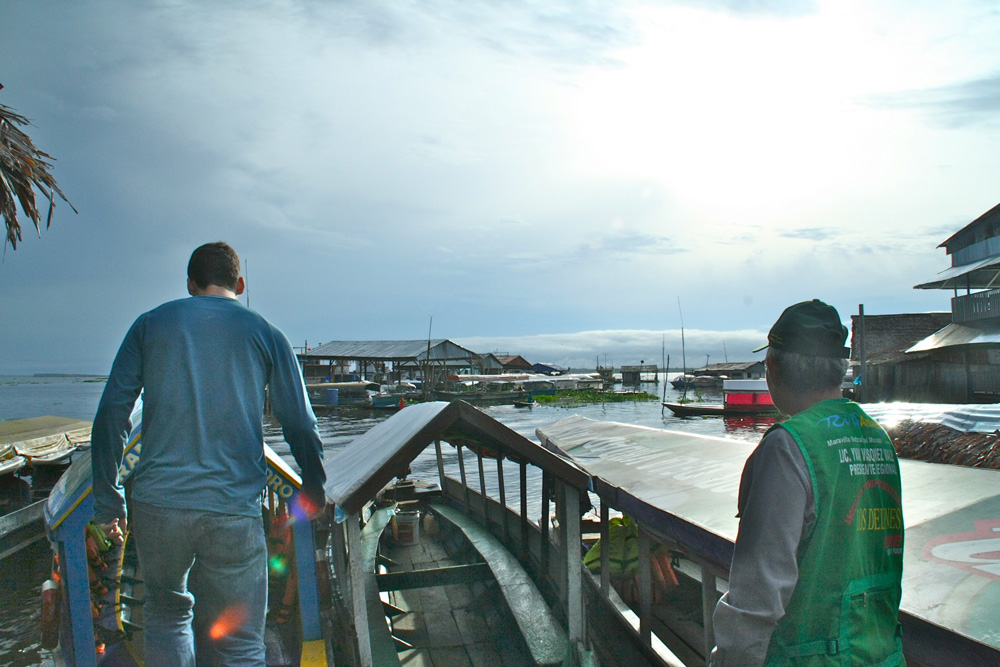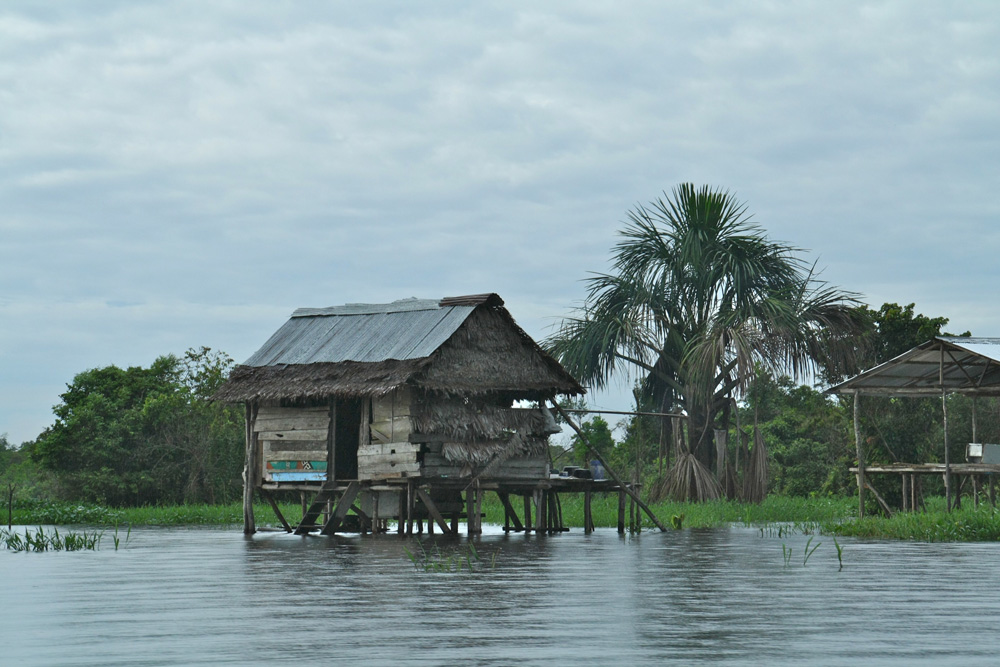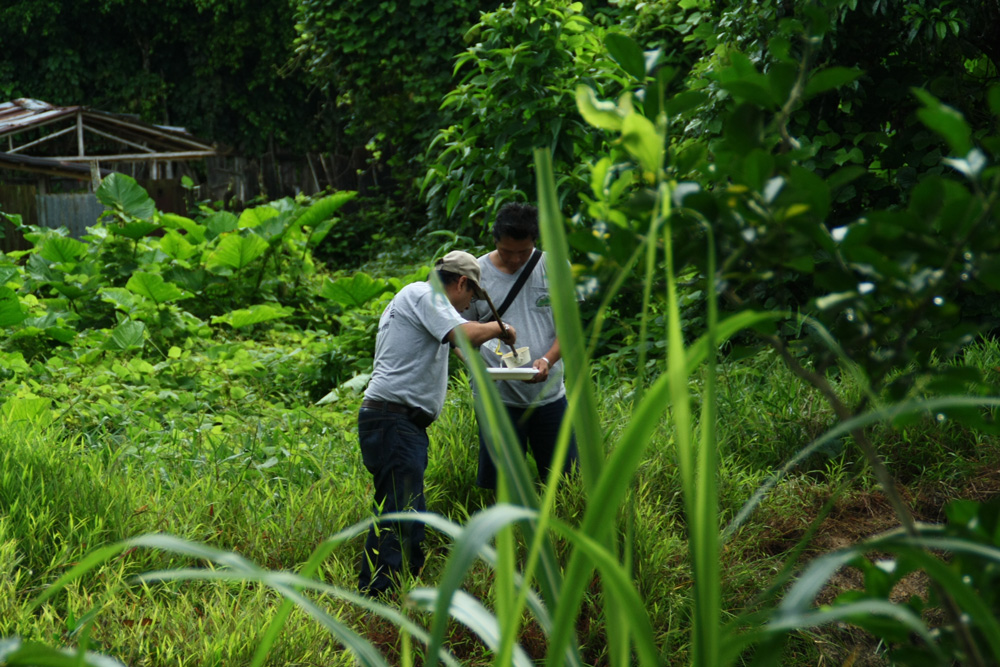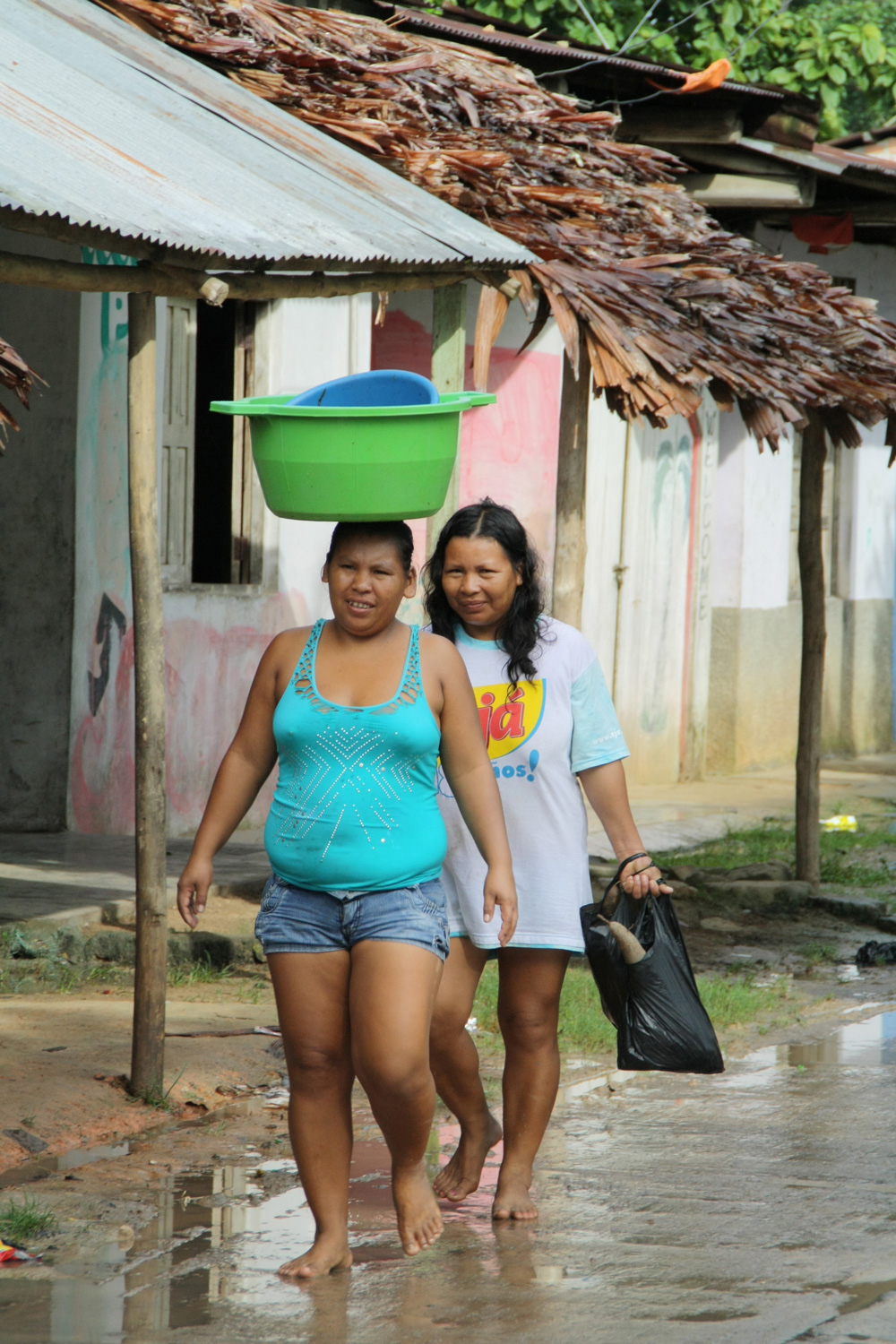|
The globe is speckled with Gorgas alumni who have taken the knowledge imparted by hands-on patient care and personal observation and spread diagnostic wisdom – not only to other tropical regions, but everywhere. Participants attended the 2014 course represented Canada, Slovakia, Germany, Australia, the United Kingdom, Singapore, New Zealand, Australia, Japan, Hong Kong and from across the United States. Visiting professors came from Belgium, Australia, the U.S. Naval Medical Research Unit in Lima and elsewhere, presenting topics on global health from as far afield as Africa to the bottom of the sea.
As the world becomes more global and more migratory, so, too, the parasites, viruses and bacteria endemic between the 23rd parallels. Changes in latitude bring more than changes in attitude; they bring the potential for diseases that, if treated by the uninitiated, can be deadly. Or, in a worst-case scenario, can lead to a pandemic.
Participants are chosen based in part on their potential to contribute to the global health community. Many already work in developing countries and regions of the world with active population migrations.
Over the nine-week course, participants see around 150 patients and more than 90 pathogens; another 120 cases are reviewed. Peru offers patients from the Pacific coast, the Andean highlands and the Amazonian jungles, each with endemic diseases, from parasites in ceviche to leishmaniasis to malaria and dengue fever. They spent two days in Cusco, elevation 11,200 feet, rounding at Hospital Regional del Cusco and the Social Security Hospital, and four days in the Amazon Basin city of Iquitos, the largest city in the world without access by road. Along the way they got a flavor for local life, how it contributes to illness and customary cures.
Ironically, the course, perhaps the most well-known and among the most prestigious tropical medicine courses in the world, is not so well known in Birmingham, or even at UAB. We’re going to try to remedy that. Look for a full report in the coming months – after we comb through hundreds of photos and gigabytes of video – that paints a complete picture of UAB Gorgas and illustrates its importance to the world, to UAB and to the Birmingham region.
For now, we hope you enjoy these few snapshots.
